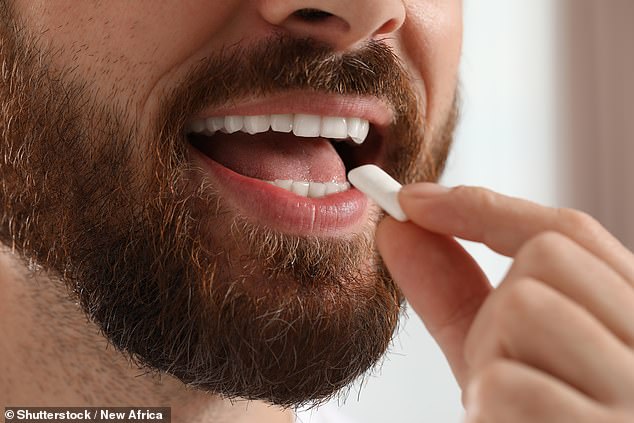
Scientists Warn: Single Chewing Gum Releases 250,000 Microplastics into Body Within an Hour
Chewing Gum Releases 250,000 Microplastics per Hour, Study Warns
Millions chew gum daily, but new research from Queen’s University Belfast reveals alarming levels of microplastics released during chewing. Using advanced “automated Raman spectroscopy,” scientists found that a single piece of gum can emit 250,000 microplastic particles into saliva within just one hour. The long-term health risks remain unclear, urgently raising concerns.

Chewing gum, a daily habit for many, may pose hidden plastic exposure risks (stock image).
How Does Gum Release Microplastics?
Most gums contain synthetic polymers (plastic-like materials) such as polyethylene (used in bottles) and polyvinyl acetate (wood glue). Brands like Wrigley’s use these for texture and lasting flavor. However, these plastics break down into microplastics during chewing. Researchers analyzed a volunteer’s saliva and found microplastic counts spiked within 20 minutes, reaching over 250,000 particles after an hour.

A single hour of chewing releases vast quantities of microplastics into saliva.
Health Risks: Cancer and Fertility Concerns
Though impacts are not fully understood, studies suggest microplastics might accelerate cancer growth and harm fertility. Recent research found plastic particles in human sperm, while other studies showed microplastics worsening gut cancer spread. Dr. Cuong Cao, co-author of the gum study, stresses the urgency of understanding these risks: “Our findings highlight chewing gum as an overlooked source of plastic exposure.”
Experts Divided on Severity
Some scientists urge caution, noting the lack of concrete evidence. Professor Michael Richardson and Dr. Meiru Wang of Leiden University argue, “The health risks could be exaggerated, but more research is critical.” Others warn that microplastics may carry toxins like mercury or pesticides into the body, potentially causing inflammation or immune reactions.
What’s Next?
Public awareness is vital. While synthetic gum bases offer convenience, natural alternatives (like chicle) could reduce plastic intake. Regulatory bodies may need to reassess gum ingredients as microplastic pollution becomes a global priority.

Scientists warn microplastics may accumulate in organs, but risks are still debated (stock image).
The Bottom Line
Until more is known, consumers face a choice: prioritize convenience or minimize plastic exposure. As research continues, this study underscores the need to rethink everyday habits—starting with that stick of gum.
Word count: ~600


